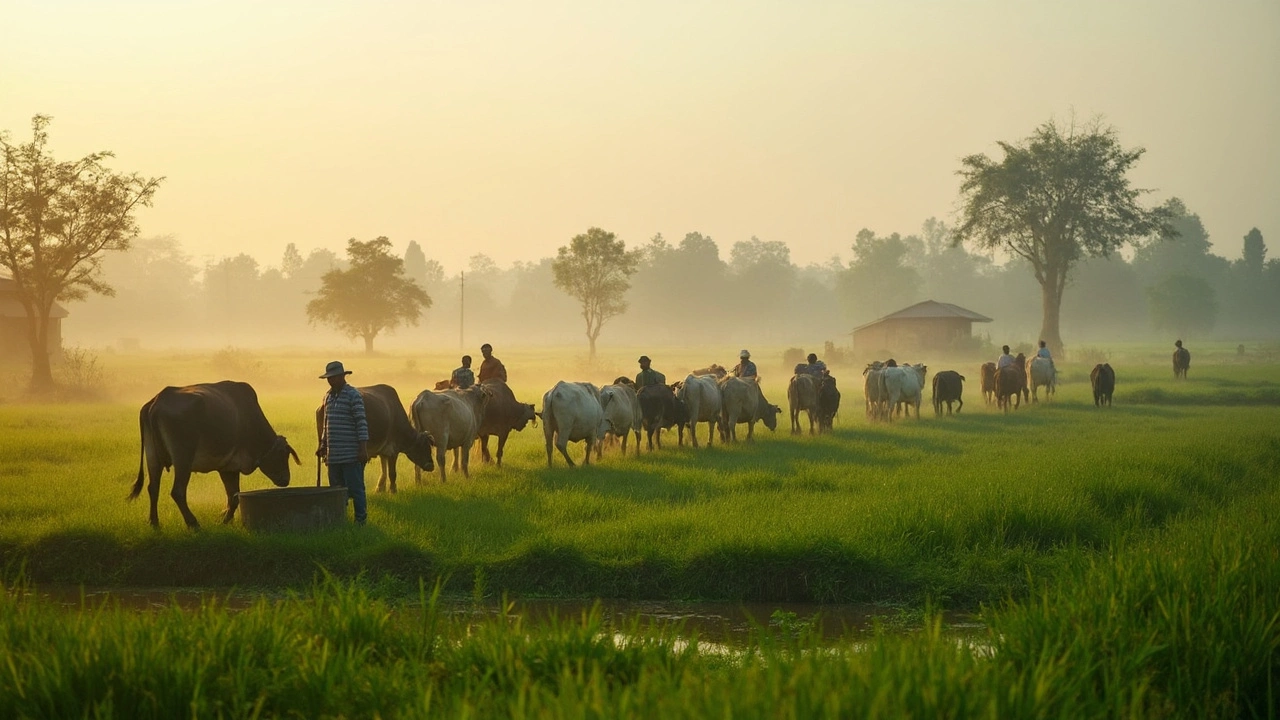40 Acres: What It Means and How to Make It Work for You
If you heard someone say "40 acres" and wondered how big that actually is, you’re not alone. Forty acres is roughly 1.74 million square feet, about 70 football fields placed side by side. In everyday terms, it could fit a small village, a large farm, or a gated community. Knowing the size helps you picture what you can build or grow on that land.
First, let’s turn the numbers into something you can see. One acre equals 43,560 square feet, so 40 acres totals 1,742,400 square feet. If you prefer metric, that’s about 161,874 square meters, or 16.2 hectares. Think of a standard basketball court (94 by 50 feet). You could line up roughly 370 of those courts inside a 40‑acre plot. Visuals like this make the abstract size a lot clearer.
Why 40 Acres Matters in Real Estate
In many markets, especially in India, a 40‑acre parcel can be a game‑changer. It’s big enough for a residential colony, a school campus, or a mixed‑use development, yet still manageable for individual investors. Buyers often look for this size because it offers flexibility: you can split the land into smaller plots, keep a portion for personal use, or sell it in stages to fund a project.
Location amplifies value. A 40‑acre lot on the outskirts of a growing city like Pune or Hyderabad can fetch a premium if road upgrades or new transit lines are planned. On the other hand, the same size in a remote area might be cheap but require more work to make it usable. Always check zoning rules, water access, and future infrastructure plans before you fall in love with the numbers.
Smart Ways to Invest in 40 Acres
1. **Divide and Conquer** – Break the land into 5‑acre or 10‑acre parcels and sell them to different buyers. This spreads risk and can bring in cash faster. 2. **Mixed‑Use Development** – Combine a small housing block, a community park, and a commercial strip. Mixed use often attracts lenders and local authorities. 3. **Agriculture or Horticulture** – If the soil is good, consider a high‑value crop like organic vegetables, herbs, or a nursery. Even a modest yield can pay off the land cost over a few years. 4. **Leverage Government Schemes** – Some state programs subsidize land development for affordable housing. Look for schemes that match your 40‑acre size. 5. **Partner with Developers** – If you lack capital, team up with a reputable builder. You provide the land; they handle construction and sales, sharing profits at the end.
Before you sign anything, get a clear land survey, verify the title, and talk to a local real‑estate lawyer. These steps avoid headaches later and keep the transaction transparent.
Bottom line: 40 acres is a substantial, versatile piece of land that can serve many purposes. By understanding its size, checking local regulations, and planning a smart investment strategy, you can turn a big plot into a profitable venture or a peaceful retreat. Whether you’re eyeing a future community, a farm, or a simple getaway, the right approach makes the most of those 40 acres.





